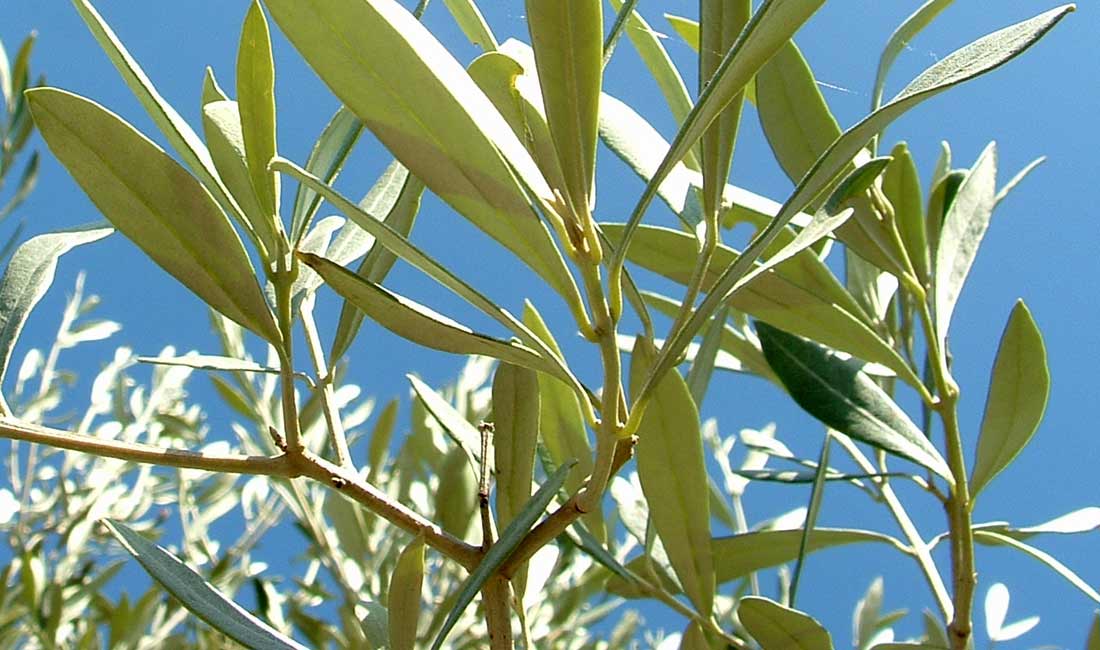
The olive tree, Olea europaea is instantly recognisable as the quintessential Mediterranean tree and stands as the archetypal sentinel of warm, sunny climes. It is then perhaps surprising that the olive tree is an adaptable and hardy plant suitable for growing in a wide range of climates. In the UK, olive trees perform well in the milder microclimates which to generalise, are southern and western regions, coastal areas and urban locations.
Site and Soil
Site in the sunniest position possible, ideally south or west facing with some protection from the north and east winds. A mix of a good quality soil-based multipurpose compost is necessary. Never over-pot your olive tree and always re-pot just to a slightly larger pot.
Water and Pruning
Water olives regularly during dry periods, particularly for the first two to three years after planting. Mulching with organic material is also beneficial. Keep the planting area free of weeds. Olive trees can be easily pruned to maintain the size and habit required. It is recommended that light, formative pruning is undertaken in mid-spring with heavier trimming in early to mid-summer. Never prune during the winter and be cautious in the autumn: like many Mediterranean trees, olives need some heat and recovery time to heal wounds before the dormant winter period.
Feed
Feed your olive tree with a slow-release general fertiliser between May and September to ensure the tree stays healthy, vigorous and happy.
Pests and Diseases
Olives may be affected by various types of scale insect.
Clifton Nurseries Garden Centre
London, W9 2PH
Bank Holidays open until 7pm
0207 432 1867
Monday – Saturday 9am-5:30pm, Sunday 10.30am-4.30pm
Clifton Nurseries Garden Services
London, W9 2PX
